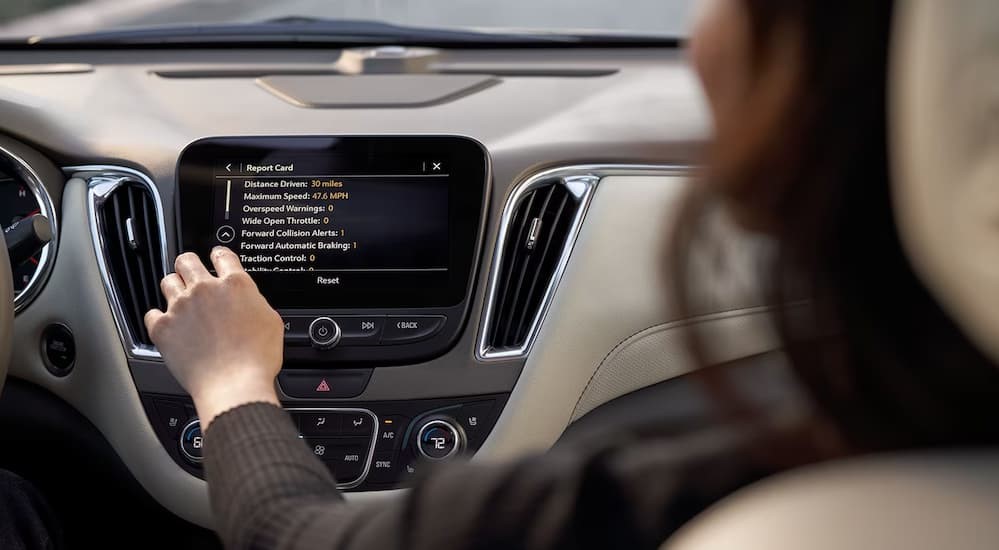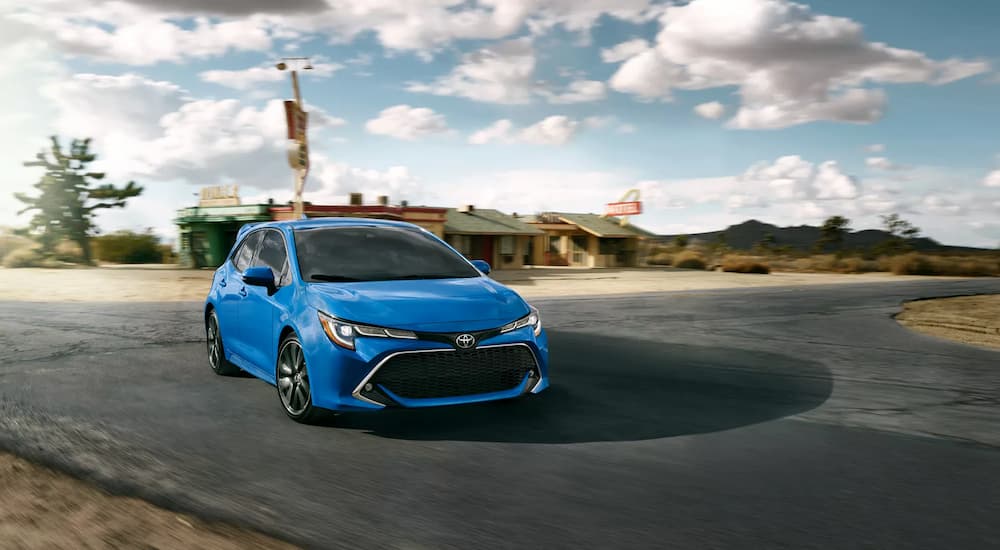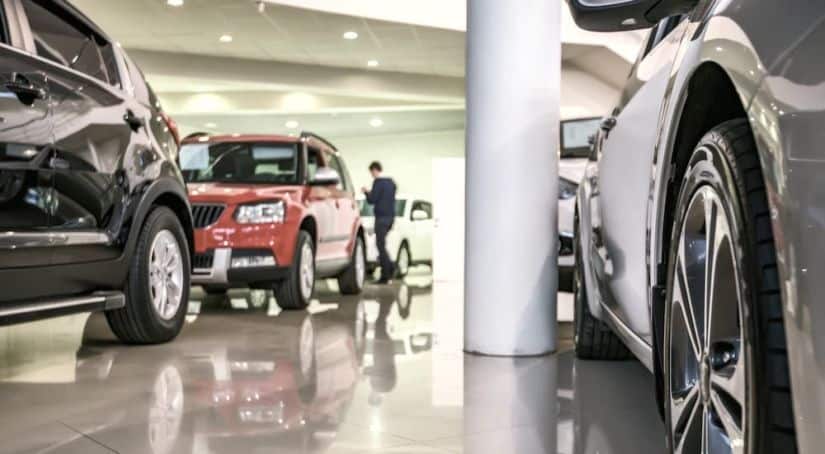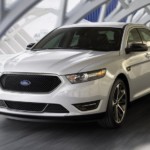If you’ve recently gotten your license or you’re heading off to college and need a reliable vehicle to get you there, it may be time to shop for your very own car. This is an exciting milestone, but amongst all that excitement, you need to remember that this is a big purchase, one that impacts more areas of your life than just your daily drive. You may be looking for cheap used cars, trying to keep more of the money you’ve managed to save up in your pocket, and although there are plenty of quality options available, it’s crucial to be prepared and know what to watch out for and what to expect. You may be asking yourself, “How much should I pay for my first car?” From the costs of vehicle ownership to which type of car works best for young drivers, let’s talk about what it takes to buy a vehicle these days.
How Much Should I Pay For My First Car?
If only it were as simple as saying that your first car should cost you $5,000. Of course, that’s not the case, as everyone’s financial situation is different and every driver has varying wants and needs when it comes to their vehicle. The biggest component you will need to consider is your budget because remember, it’s not just the car payment that will need to be paid each month; you’re also going to be responsible for insuring your vehicle, registration fees, maintenance, and gas. So when you’re budgeting, you need to get the big picture in front of you to see what you can afford because it’s not just about the car and what it initially costs. This will help you discover how much you can manage once all of the fees and extra money to use toward maintenance are taken into account.
When you’re able to figure out a budget, remember that the vehicle you choose must fit well within this budget. After all, as you get older, more bills have a tendency to pop up, which means that you shouldn’t be barely making your car payments each month because if another expense emerges, you may not have enough money to pay all of your bills. In addition to what you can afford, you also want to take into consideration what you need in your vehicle. You may be commuting to college classes multiple times per week, which means that you need a car that’s good on gas; or maybe you’re a high school student and need space to load up lacrosse gear, art projects, and other cumbersome items. This means that you need a vehicle with enough cargo space to handle your things.
You’ll also want to take into account how you plan to pay for your vehicle. Some first-time car buyers choose to save up a substantial amount so that they’re able to pay cash for the vehicle and not have to worry about monthly payments. Others need to take out a loan, which means that you may need a cosigner if you haven’t established much credit yet. Oftentimes this is your parents, but keep in mind that this is a big burden to take on because if you can’t make your payments, you not only impact your credit but theirs as well. This is something that needs to be carefully considered and talked about in length with the cosigner, which is why many first-time car shoppers choose to pay for their car on their own.
Should I Buy a New or Used Car?
The average new car costs approximately $48,000 according to Kelley Blue Book, which is quite a high amount for young drivers to spend on their first cars. When it comes to sticking within your budget, many first-time car buyers gravitate toward the used car lot for this monumental purchase. Not only are prices lower than those on the new car lot, but you’re also able to shop from various brands and models with the features and capabilities you’re looking for in your vehicle. Having a bigger selection to shop from with affordable prices makes it advantageous for new drivers to shop used, as opposed to being limited by new-car options.
A big perk of buying a used car nowadays is that there are more to choose from on used car lots and when you partner with a reputable dealership, they’re of better quality than they were years ago. More drivers are turning to used cars when they want to get what they need in their vehicles without overspending. You may also be able to save money on insurance if you’ve proven to be a safe driver, which allows you to keep more money in your pocket.

What to Look For in a First Car
As you shop for your first car, your budget should stay at the forefront of your mind, but you should also be on the lookout for important aspects of the car that will make your journey better. You’ll want a vehicle that offers superior safety features because after all, you can’t always control what happens on the road, and having a vehicle that’s watching out for you can make all the difference. You’ll also want to look into resale value, as you’ll most likely want to trade this car in for a better vehicle in a couple of years. Kelley Blue Book is a great tool to establish which brands tend to fetch higher resale values in the industry so that you can focus your search on these vehicles.
Fuel economy is also a significant factor to consider, especially with fluctuating prices of gas. The last thing you want is to drive a gas guzzler that takes every extra cent from your paycheck. Dependability is another huge thing to take into consideration to help you avoid driving a vehicle that you can’t count on to get you where you need to go each day. The more problems you have with your vehicle, the more stressful driving will be, so be sure to choose a reliable vehicle to help you travel with confidence.
Best Types of Cars for New Drivers
It may be a cool idea to rumble into town in a lifted pickup truck that’s built for off-roading, but until you perfect your skills a bit more, it’s advised to stick to vehicles you’re able to operate safely. This is why many first-time car buyers are drawn to sedans and small SUVs for their travels. Not only are these vehicles easy to drive and maneuver through town, but they’re also great on gas and typically the most affordable. You’re able to park with ease, change lanes safely through dense traffic, and enjoy a comfortable cabin space, without overspending on your vehicle. These models tend to carry lower starting prices when sold as new, which makes them even more attainable if you’re on a strict budget.

Buying Your First Car
So, while there’s no clear-cut answer regarding the exact amount you should be spending on your first car, it helps to keep these points in mind when you start your shopping experience. Your budget plays a significant role in what type of vehicle you’re able to bring home to your driveway, and everyone’s budget is vastly different. In general, a safe bet is to plan about 10% of your monthly income for your car payments; so if you make $4,000 a month, then try not to have more than $400 for your monthly payments. That’s why it’s important to get a handle on what you need, what you can afford, and how you plan to pay for this new vehicle before you start the shopping process. Buying your first car is an amazing feeling, and it’ll feel even better when you make the right choice and find the perfect fit for your travel needs and budget.



